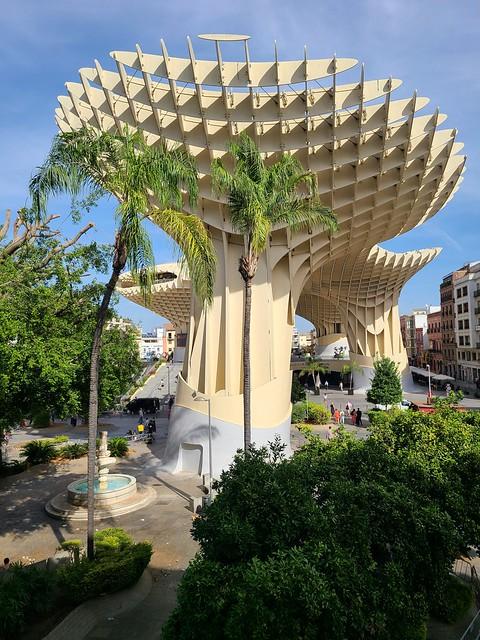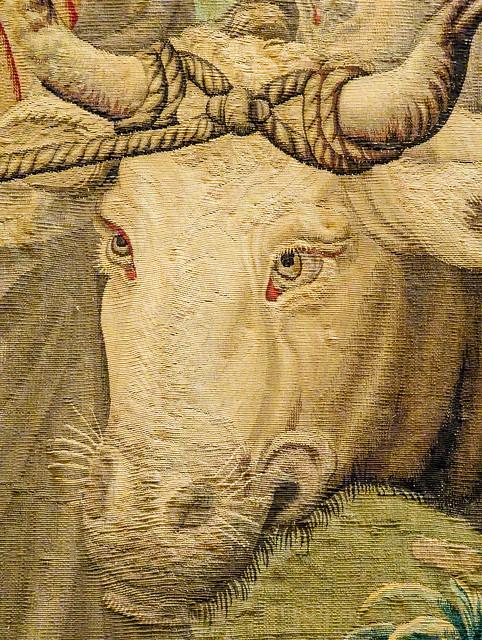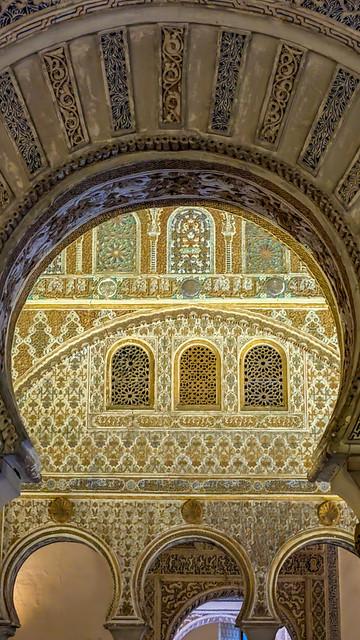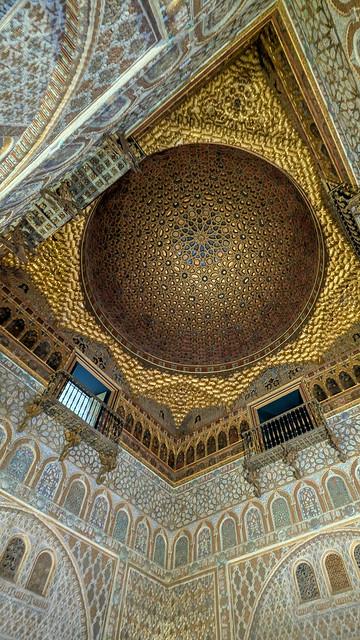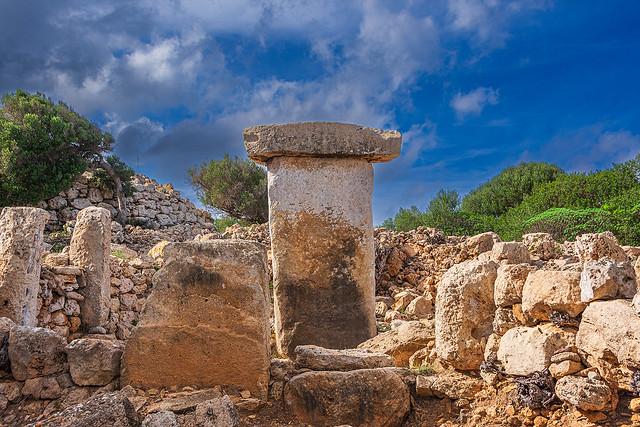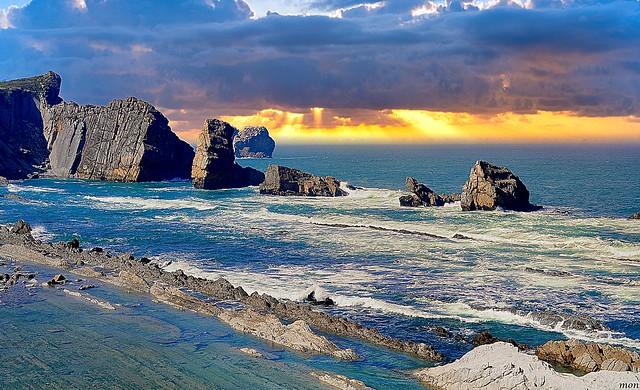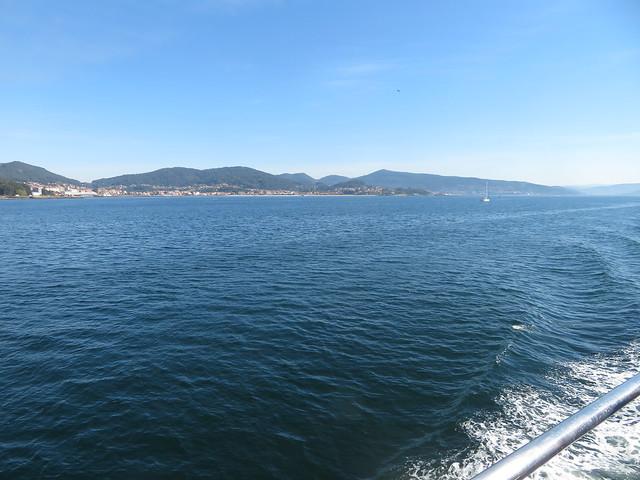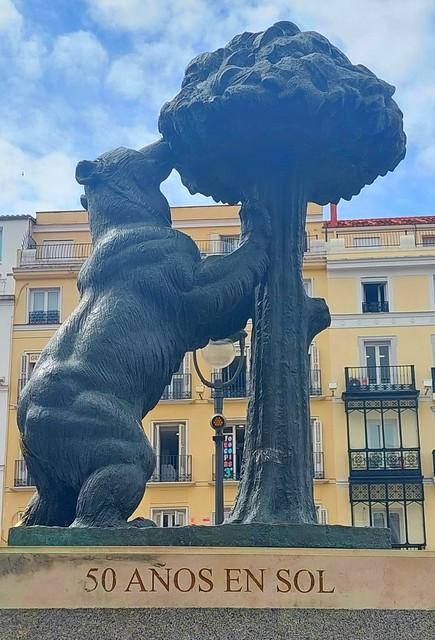Sevilla
Overview
Historical Significance
Sevilla, the capital of the Andalusia region in southern Spain, is a city steeped in history, reflecting a rich tapestry of cultures that have influenced its evolution over centuries. Founded as the Roman city of Hispalis, Sevilla flourished under Muslim rule during the Moorish period, which left an indelible mark on its architecture and urban layout. The magnificent Seville Cathedral, a UNESCO World Heritage site, stands as a testament to this heritage. Originally a mosque, it was transformed into a cathedral in the 13th century and is home to the tomb of Christopher Columbus. The intricate Gothic architecture, coupled with the impressive Giralda bell tower, draws visitors from around the globe, showcasing the city’s historical significance.
Cultural Vibrancy
The culture of Sevilla is vibrant and lively, characterized by its passionate flamenco music and dance, which is an integral part of local life. The city hosts numerous flamenco shows, especially in the historic district of Santa Cruz, where you can find intimate venues that offer a glimpse into this expressive art form. The annual Feria de Abril (April Fair) is another highlight, transforming the city into a sea of colorful dresses, horse-drawn carriages, and lively celebrations. This festival encapsulates the spirit of Sevilla, with locals dancing, singing, and enjoying traditional cuisine in whimsical tents set up throughout the city.
Atmosphere and Lifestyle
Sevilla boasts a unique atmosphere that blends the old with the new. The narrow, winding streets of the Alameda de Hércules and the historic center are filled with charming tapas bars, bustling markets, and artisan shops, creating a lively yet relaxed vibe. The plaza culture is prominent here; locals and visitors alike gather in squares such as Plaza de España, an architectural marvel built for the Ibero-American Exposition of 1929, where the stunning mosaics and fountains invite leisurely strolls. The city's embrace of outdoor life is evident in its many parks, like the tranquil Parque de María Luisa, where one can escape the hustle and bustle and enjoy the lush greenery.
Local Characteristics
The culinary scene in Sevilla is a significant aspect of its local character. Traditional tapas are a must-try, with small plates featuring a variety of flavors, from the iconic jamón ibérico to savory patatas bravas. The Mercado de Triana is a lively market where you can sample local delicacies and immerse yourself in the culinary culture. Additionally, Sevilla's warm climate enhances outdoor dining, allowing visitors to enjoy meals al fresco while soaking in the city’s enchanting ambiance.
Architectural Wonders
Sevilla's architecture is a stunning blend of Moorish, Gothic, Renaissance, and Baroque styles. Beyond the cathedral, the Alcázar of Seville is another UNESCO World Heritage site that showcases the city’s multicultural past. This royal palace, originally developed as a Moorish fort, features exquisite gardens and intricate tile work, making it a perfect representation of Andalusian architecture. The enchanting Metropol Parasol, or "Las Setas," is a modern architectural marvel that contrasts beautifully with the historical backdrop, offering panoramic views of the city from its rooftop walkway.
In Sevilla, the fusion of rich history, vibrant culture, and warm hospitality creates an inviting atmosphere that captivates every traveler. Whether you’re wandering through its picturesque streets, savoring the local cuisine, or soaking in the flamenco rhythm, Sevilla promises an unforgettable experience that reflects the heart and soul of Spain.
How It Becomes to This
History not available
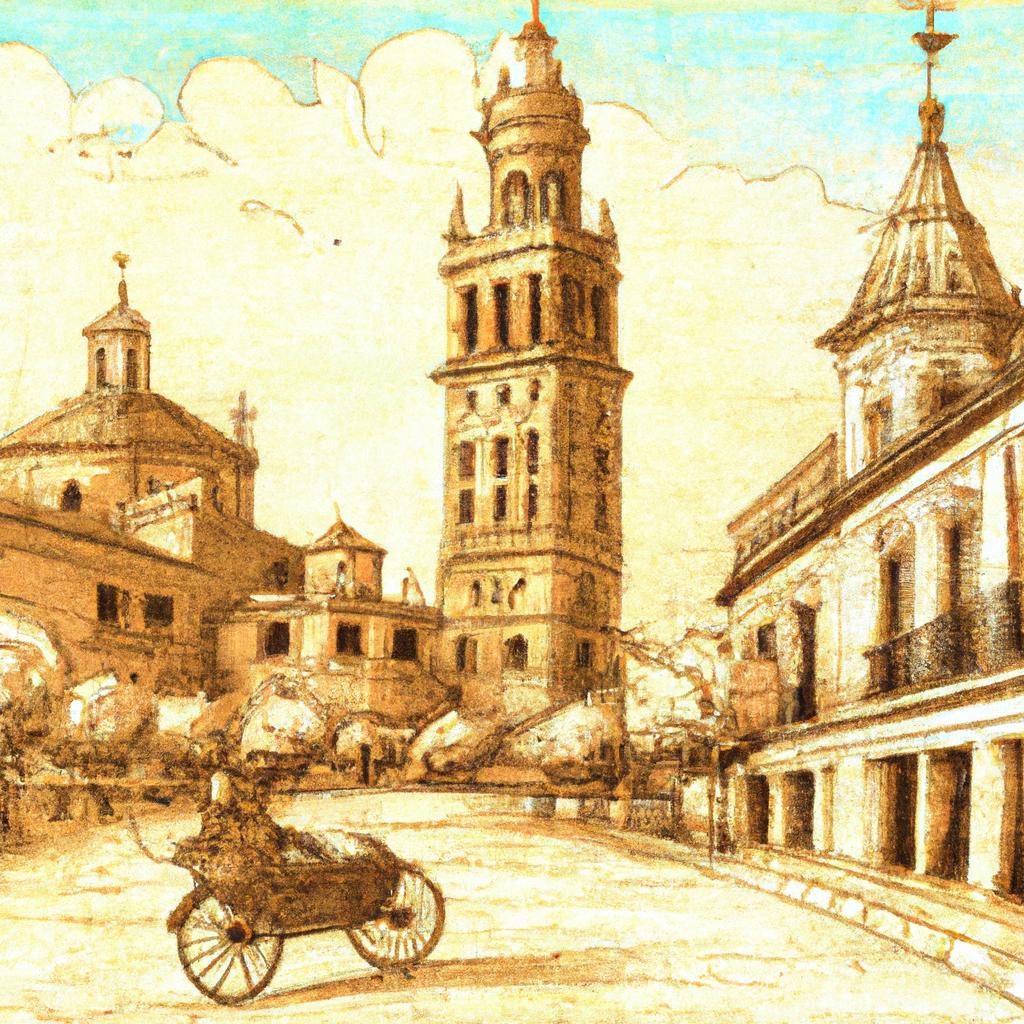
You May Like
Explore other interesting states in Spain
Discover More Area
Delve into more destinations within this state and uncover hidden gems.


